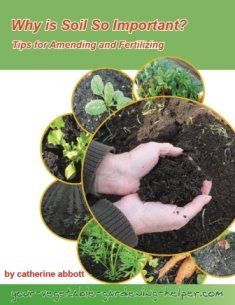Flea Beetle
The adult flea beetle overwinters in crop debris and starts emerging in early spring to feed on young seedlings. Females lay eggs at the base of a host plant and the larvae feed on the plant roots. There can be one to four generations each year.
Description of the Flea Beetle:
Adults are tiny black beetles that jump like fleas. Larvae are tiny white grubs.
Plants they Harm:
Almost any young transplant or new sprouted seeds can be affected. The most common vegetables affected in my vegetable garden are broccoli, cabbage, Brussel sprouts, eggplants, tomatoes, potatoes, radish, turnip, oriental greens like mizuna, mustards, arugula, bok choi.
How are plants affected?
1. Feeding Damage: Flea beetles chew small holes in the leaves of plants, creating a characteristic “shot-hole” appearance. This can lead to reduced photosynthetic capacity and overall plant vigor.
2. Growth Impediment: Heavy infestations can severely stunt the growth of young plants, potentially killing seedlings.
3. Disease Transmission: Some flea beetle species are vectors for plant diseases, such as bacterial wilt and viruses, which can further harm vegetable crops.
4. Marketability: The aesthetic damage to leaves and fruits can reduce the market value of affected vegetables, even if the produce remains edible.
What to do?
Effective management strategies typically include crop rotation, the use of row covers, and the application of insecticides or organic controls such as neem oil and diatomaceous earth.
1. Delay planting.
This insect is at it's peak in the early spring, so delaying planting can help if the flea beetle is a problem in your garden.
2. Cover young seedlings.
To provide a barrier to adult insect use a row cover material such as Reemay to cover young seedlings. The covers can be removed once the population subsides.
3. Trap cropping.
Plant attractive species near the crop you want to protect in order to draw the pest away. Plant a border of Chinese southern giant mustard, nappa cabbage, or choy sum as these are great varieties that will attract this insect. You may have to reseed the trap crop especially it the pest destroys the first planting.
4. Keep your garden clean.
Keep your garden weeded and clean up debris after weeding and harvesting.
If you have a problem with this insect it is important to protect your plants as soon as you find there is a problem.
Return from Flea Beetle to Insect Pest Control
Return to homepage




